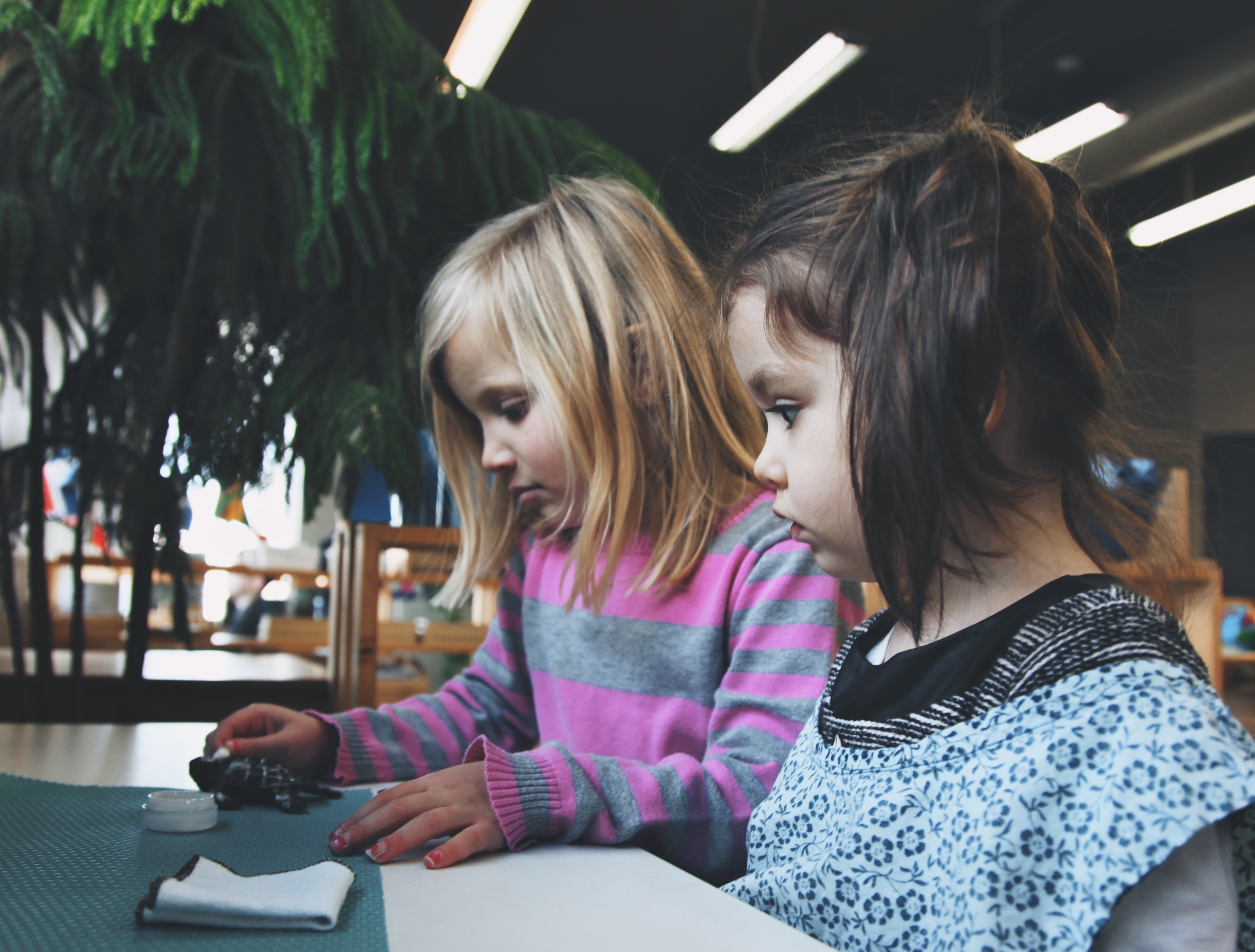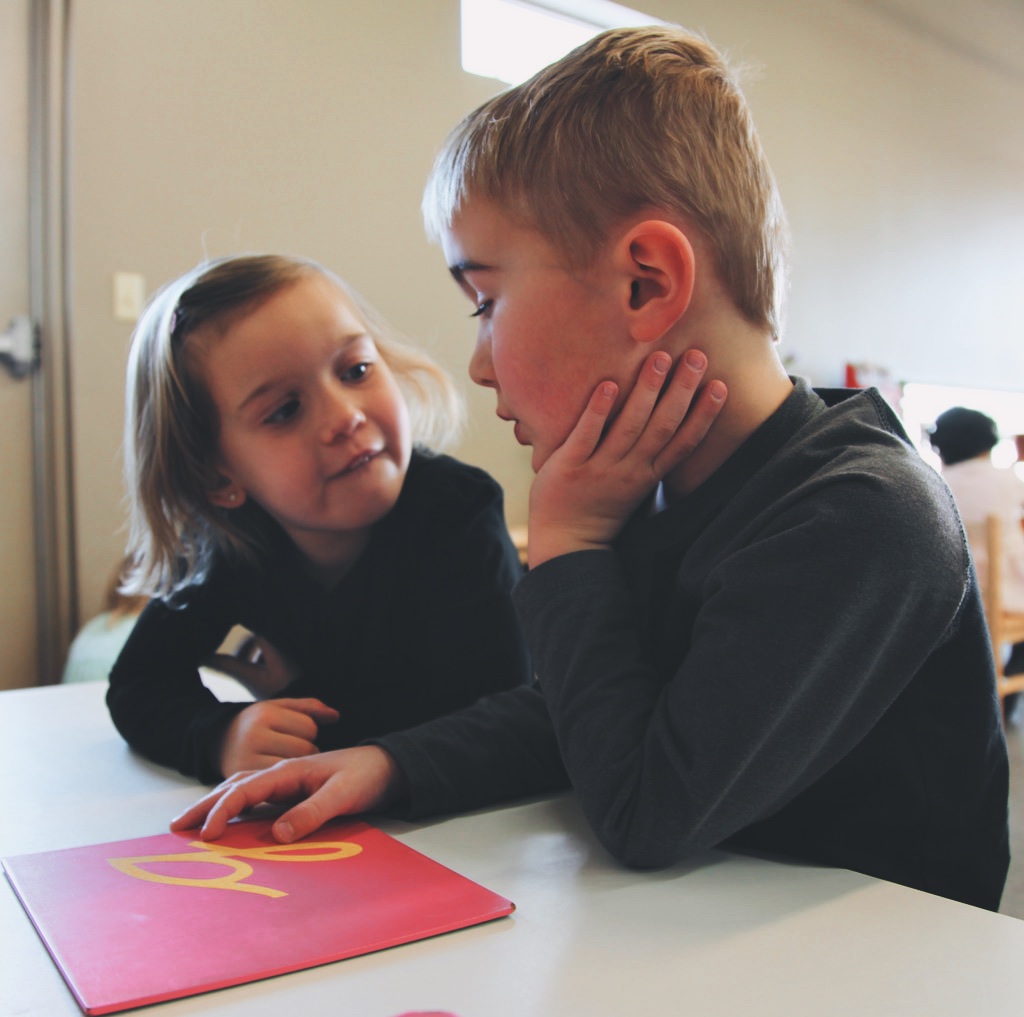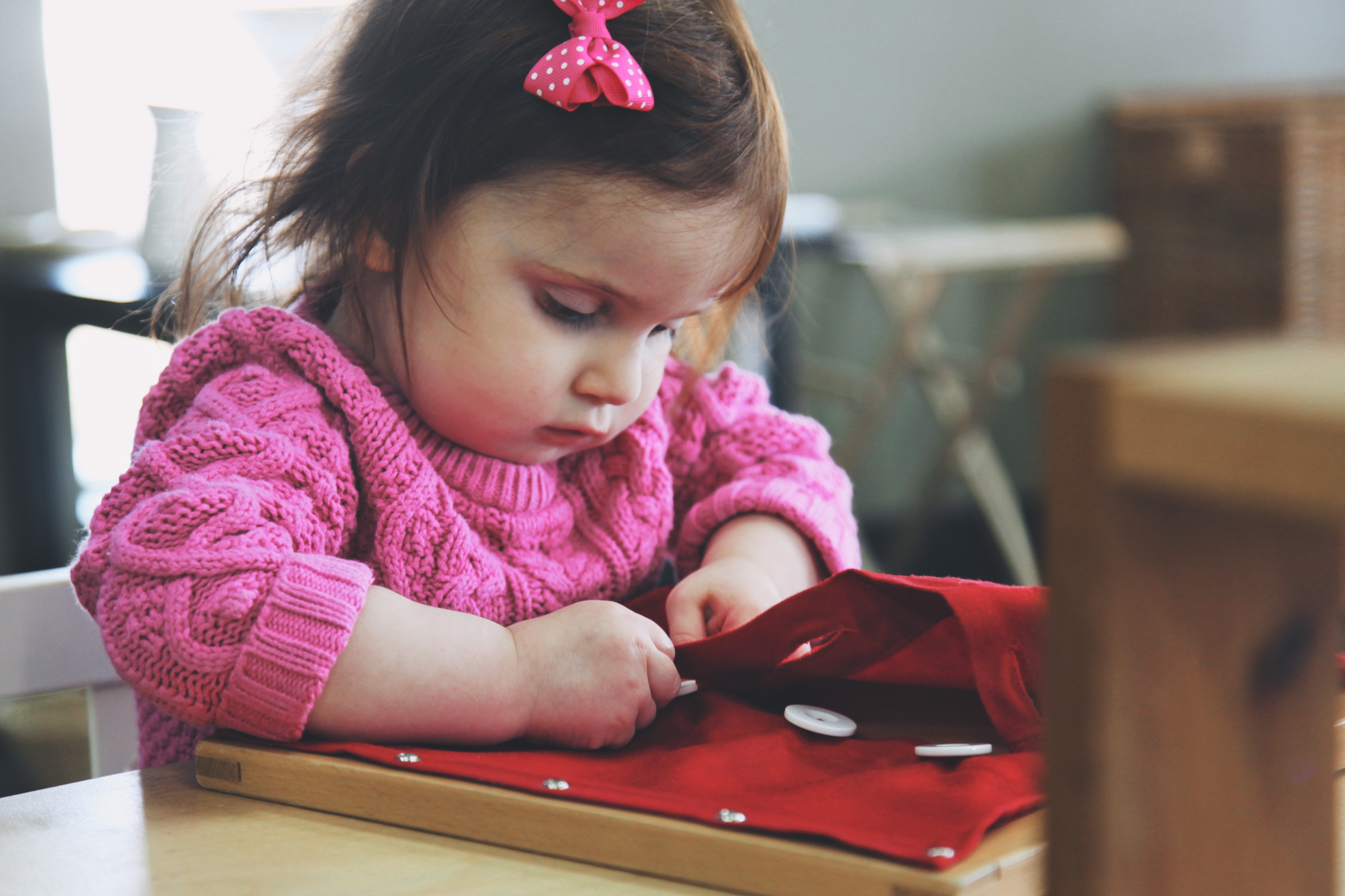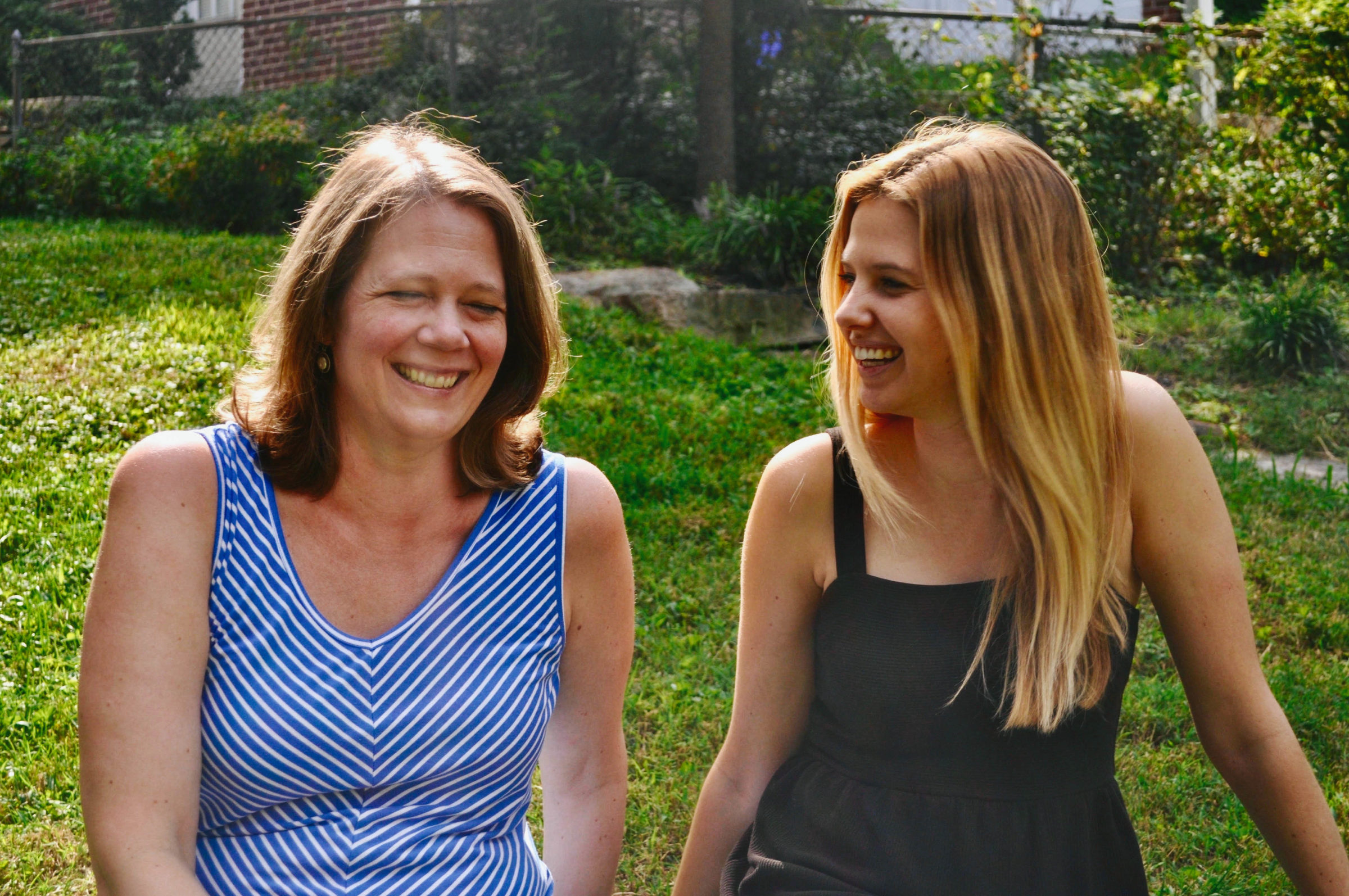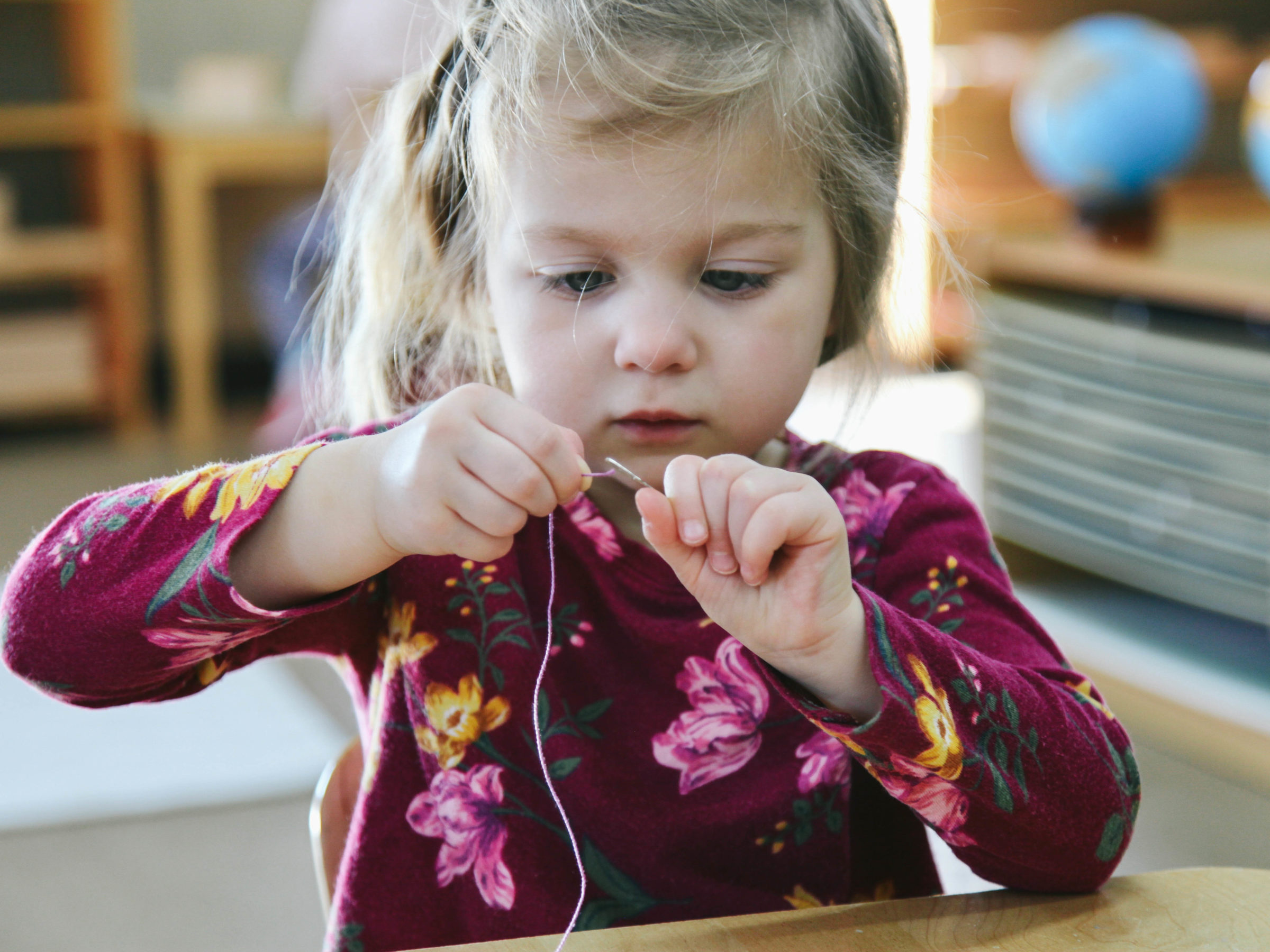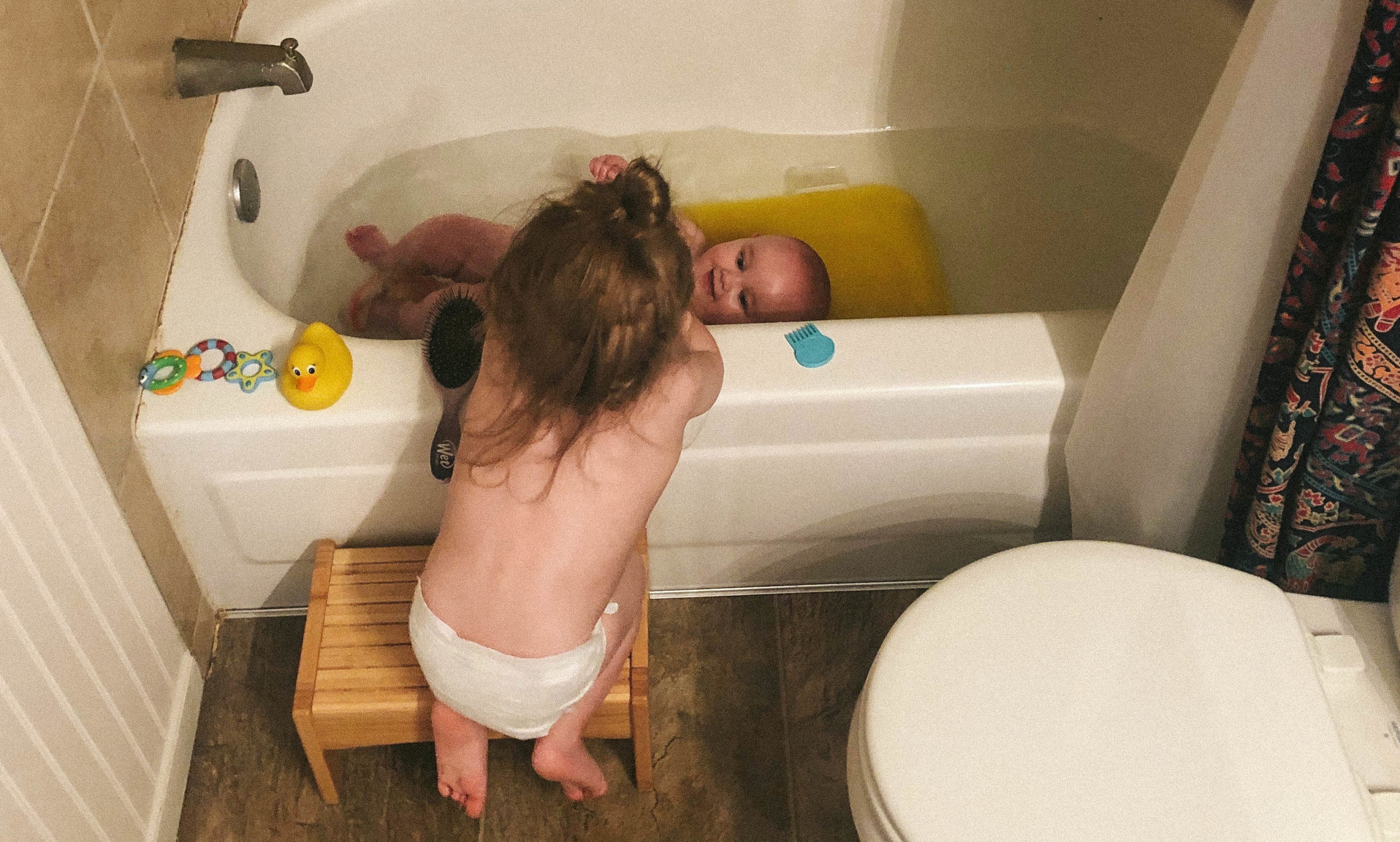Observation is Learning
Podcasts
On our last podcast, we talked a little about how important observation is as a tool for adults in determining what a child is ready for, how we can help a child, when we should act, when we should wait and see.
For adults, this is a skill, a tool, a muscle that must be flexed. We can become complacent and lazy, assuming we know what is going on, but without observation, we’re just guessing. For us, observation is very conscious.
For the child, however, observation is life. It is vital to learning everything.
We think of learning as happening when a child begins school, or as something that is the result of direct instruction and explanation. Learning instead happens constantly. Observation is Learning, and a child is observing from her very first days.
Some of the greatest achievements a child will make, come directly as a result of observation.
Infants watch the mouths of adults around them, focusing on and mimicking movements. Children learn to feed themselves by watching their families at a shared meal. Walking is another developmental milestone which requires no direct instruction, no studying, no “learning,” just observation, opportunity, and practice.
“Observation is learning, and a child is learning constantly.”
This skill is necessary, and the Montessori Primary classroom honors the great learning that comes from observation, and utilizes it in aiding a child’s learning in the classroom setting.
Observing a lesson might help a child attach to new material just as strongly as receiving that lesson herself. A child might feel ready to try a material after watching other children work with that material over and over and over. A child watches someone else make a mistake, struggle with a solution, find a resolution herself or ask for help, and the observing child feels more comfortable with making his own mistakes.
Observation is learning, and a child is learning constantly. Sometimes we call it play, sometimes we call it work, sometimes we call it watching, sometimes we call it nothing.
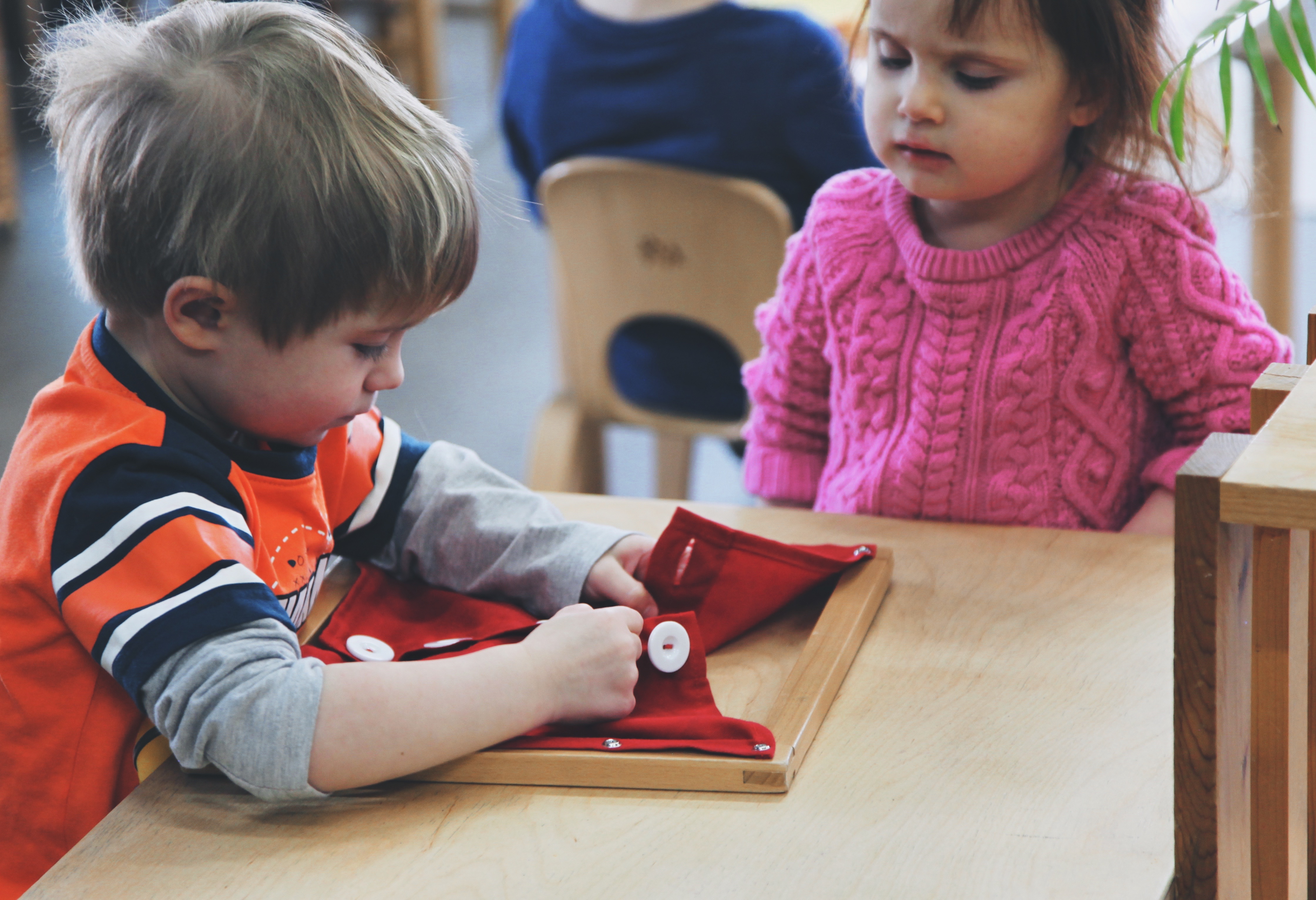
In order to learn how children are doing, what they might be ready for, how we can best support their development, we observe. We watch what they are watching, and then what follows. Is it a simple glance, or intentional, focused, concentrated observation? Is this a work a child already knows, or something new to them? Why are they watching?
We’re sometimes fortunate enough to capture one of these interactions in photos.
A child was watching a friend work with a material, the Large Button Frame. She had been shown this material, and sometimes completed it with ease, other times the buttons proved more challenging, which is completely natural. If a material can be completed perfectly the first time a child uses it, we usually waited too long to present it to her.
She watched, curious, fascinated, barely able to contain her eagerness to try, as another child used the material. There’s something about watching someone else do something, which can so often be a lightbulb, aha-moment.
Immediately when he returned the material, she took it to a table, and showed a new level of mastery. Those buttons were not necessarily easier, but it was abundantly clear that there was a deeper level of understanding, the process less a mystery.
For more about how children learn through observation, check out this podcast. Adults learn so much through observing, and it’s critical for our role in guiding a child’s development. Read more about this different but not less important form of observation here.
Did you know we’re on iTunes? Subscribe to the podcast here!
Written by:
Charlotte Snyder
